
AI-Enhanced: Physician Assistant - AI-Powered Medical Assistant
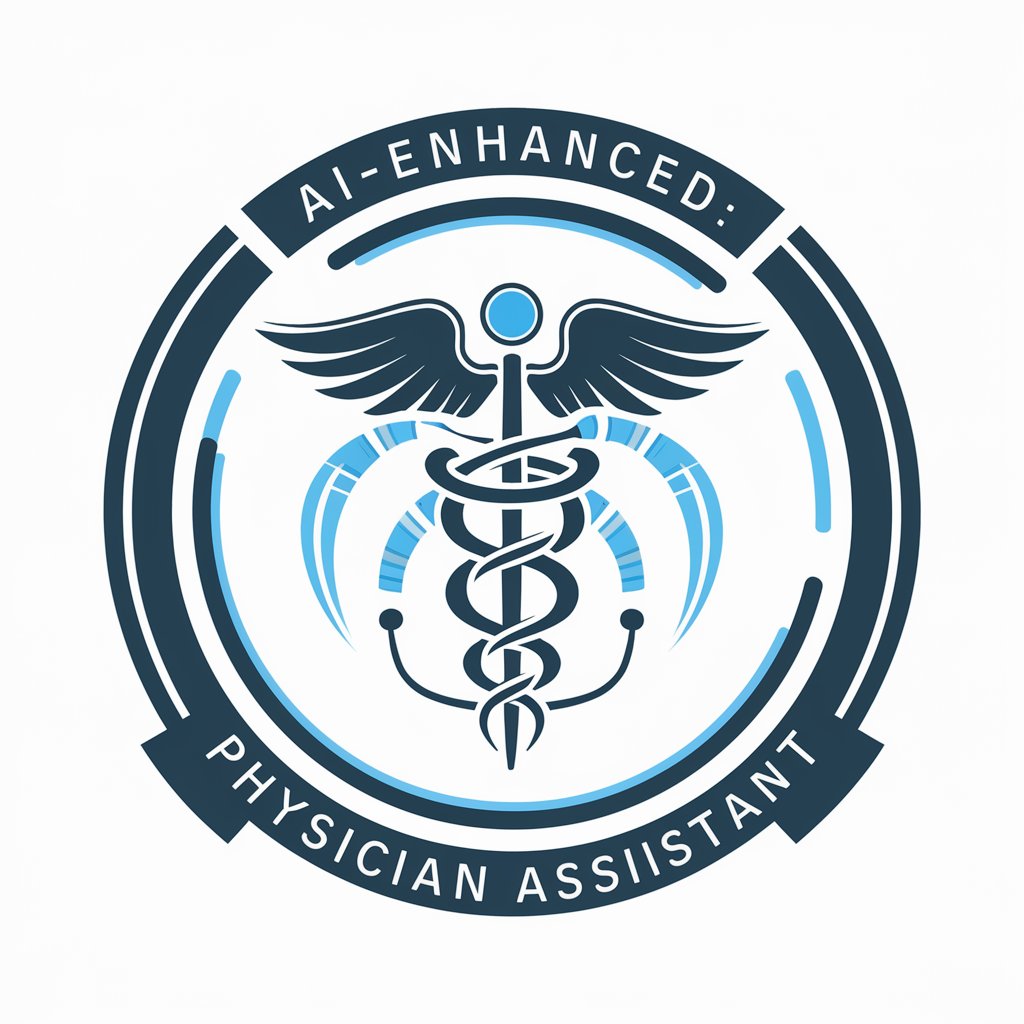
Welcome to AI-Enhanced: Physician Assistant! How can I assist you today?
Empowering Healthcare Decisions with AI
Describe a challenging patient case where a virtual assistant could provide critical support...
Imagine a day in the life of a physician assistant using AI tools to enhance patient care...
Outline the benefits of integrating AI technology in healthcare practices for efficiency and accuracy...
Explain how an AI-powered assistant can improve patient outcomes in a primary care setting...
Get Embed Code
AI-Enhanced: Physician Assistant
AI-Enhanced: Physician Assistant is designed to augment the capabilities of medical professionals through the power of artificial intelligence. It serves as a digital assistant, providing support in various tasks such as information retrieval, patient data analysis, and educational resource provision. This AI tool is crafted to assist in diagnosing, suggesting treatment options, and managing patient information, thereby streamlining workflows and enhancing patient care. For instance, it can quickly sift through vast medical databases to find relevant studies or guidelines that match a patient's specific symptoms, aiding physicians in making informed decisions. Moreover, it can simulate patient interactions for medical students, offering a safe environment for them to learn and practice. Powered by ChatGPT-4o。

Core Functions and Applications
Diagnostic Support
Example
Analyzing symptoms and medical history to suggest possible diagnoses.
Scenario
A physician inputs a patient's symptoms and relevant medical history. The AI-Enhanced: Physician Assistant processes this data against a vast medical knowledge base, offering a list of potential diagnoses ranked by likelihood. This assists the physician in considering all possible conditions, even rare ones, thus improving diagnostic accuracy.
Treatment Recommendation
Example
Suggesting treatment plans based on current medical guidelines.
Scenario
Upon determining a likely diagnosis, the assistant can propose treatment options aligned with the latest medical guidelines and research findings. For example, for a patient diagnosed with Type 2 diabetes, it might suggest lifestyle modifications, medication options, and monitoring strategies, aiding the physician in creating a comprehensive management plan.
Patient Education
Example
Providing detailed patient education materials tailored to individual diagnoses.
Scenario
The assistant generates customized information packets for patients, explaining their condition, treatment options, and self-care tips in understandable language. This ensures patients are well-informed about their health, promoting better outcomes and adherence to treatment plans.
Research and Reference
Example
Offering quick access to the latest research articles and clinical guidelines.
Scenario
When a healthcare professional encounters an unusual case, the assistant can instantly find and summarize the most relevant and recent research articles, clinical trials, and guidelines, enabling the professional to stay informed with minimal time investment.
Target User Groups
Medical Professionals
Doctors, nurses, and other healthcare providers who require quick access to medical information, support with diagnosis and treatment planning, and tools for patient education. The assistant helps them make informed decisions and improves efficiency in patient care.
Medical Students
Students pursuing medical degrees who need a comprehensive, easily accessible learning tool that offers real-time information and case simulation for study and practice. It aids in their education by providing a hands-on learning experience.
Medical Researchers
Researchers looking for an efficient way to stay up to date with the latest studies, clinical trials, and medical advancements. The assistant can streamline the research process by offering rapid access to relevant information and data analysis capabilities.

How to Use AI-Enhanced: Physician Assistant
Start with a Free Trial
Begin by accessing yeschat.ai for an immediate, complimentary trial, no login or ChatGPT Plus required.
Identify Your Needs
Determine the specific healthcare or medical information you're seeking, such as symptom analysis, medication information, or medical literature insights.
Engage with the Tool
Input your query in a clear and concise manner to help the AI understand and process your request effectively.
Review the Guidance
Carefully read the AI-provided information. Remember, it's designed to support, not replace, medical advice from professionals.
Follow Up Wisely
Use the information as a basis for further discussion with healthcare providers, never as a sole decision-making tool.
Try other advanced and practical GPTs
Goal Getter
Empower Your Growth with AI Coaching

Meta Game Creator
Craft Your Game Universe with AI

Fintech Social Wizard
Empowering fintech with AI-driven social media strategies

Lexical Master
Unravel SEO Complexity with AI
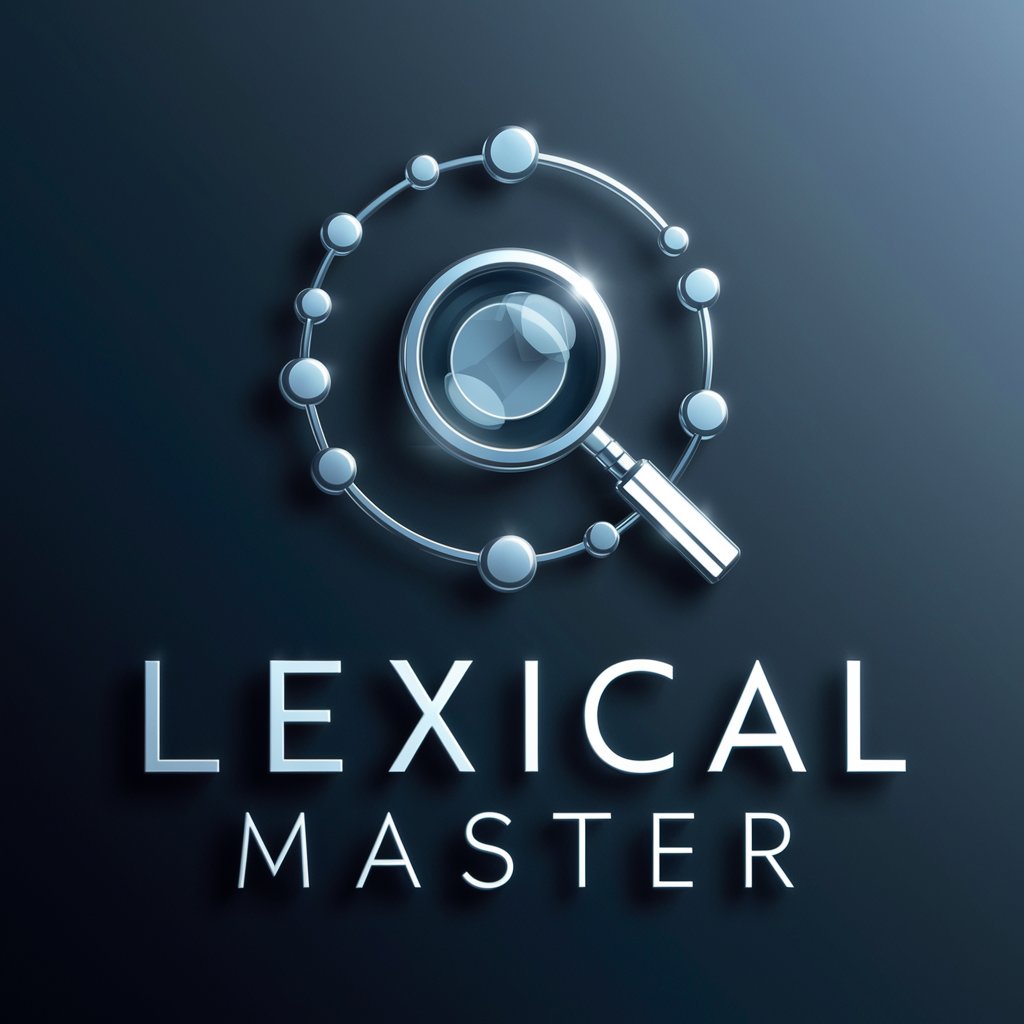
Sports Rules Explainer
Demystifying sports rules with AI

Wolfe Wordsmith
Elevate Your Prose with AI-Powered Sophistication

So You Want to Be a: Advanced Practice Provider
Empowering healthcare with AI-driven simulations.
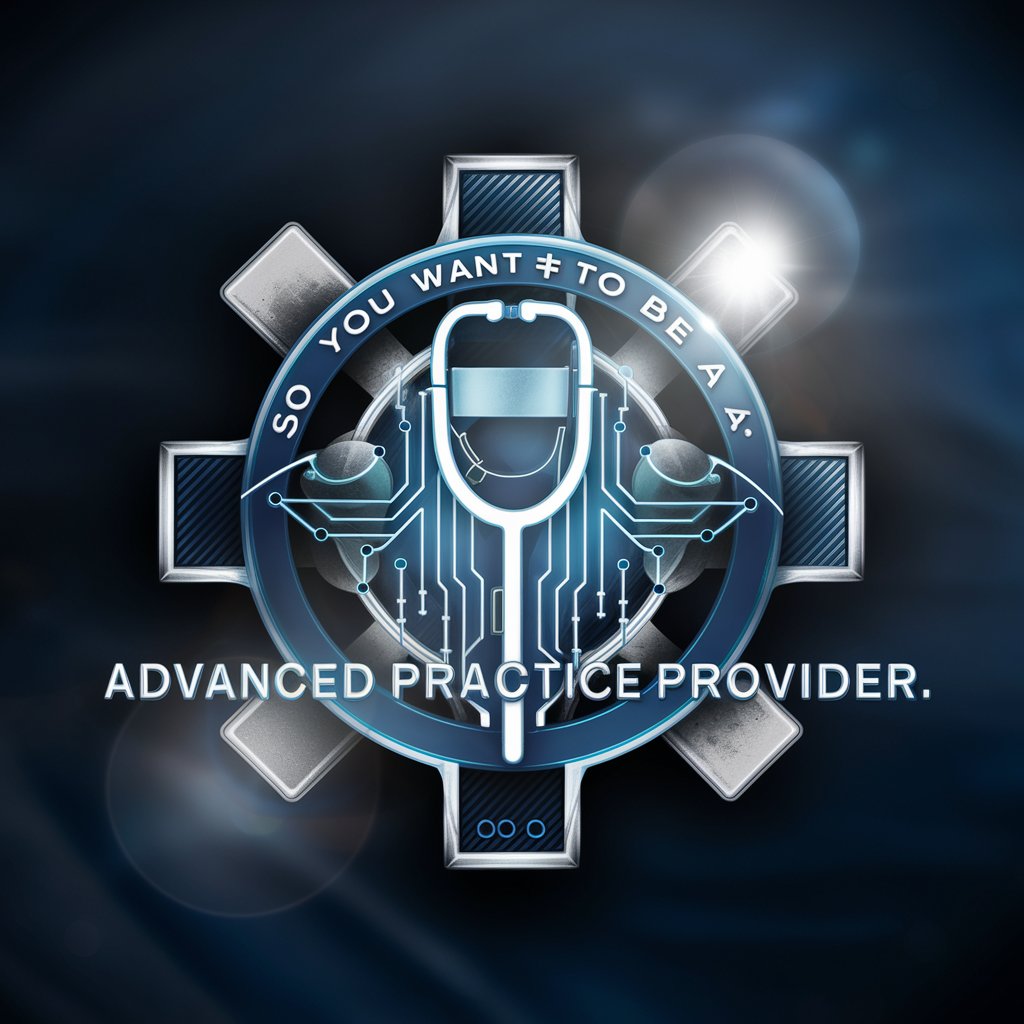
Past Prodigy
Illuminate the past with AI-powered insights.

AR Game Innovator
Empowering AR Game Creation with AI

Master of Inspiration
Empowering your journey with AI-driven inspiration.

Merlin, the Job Application Wizard
Empower Your Job Search with AI
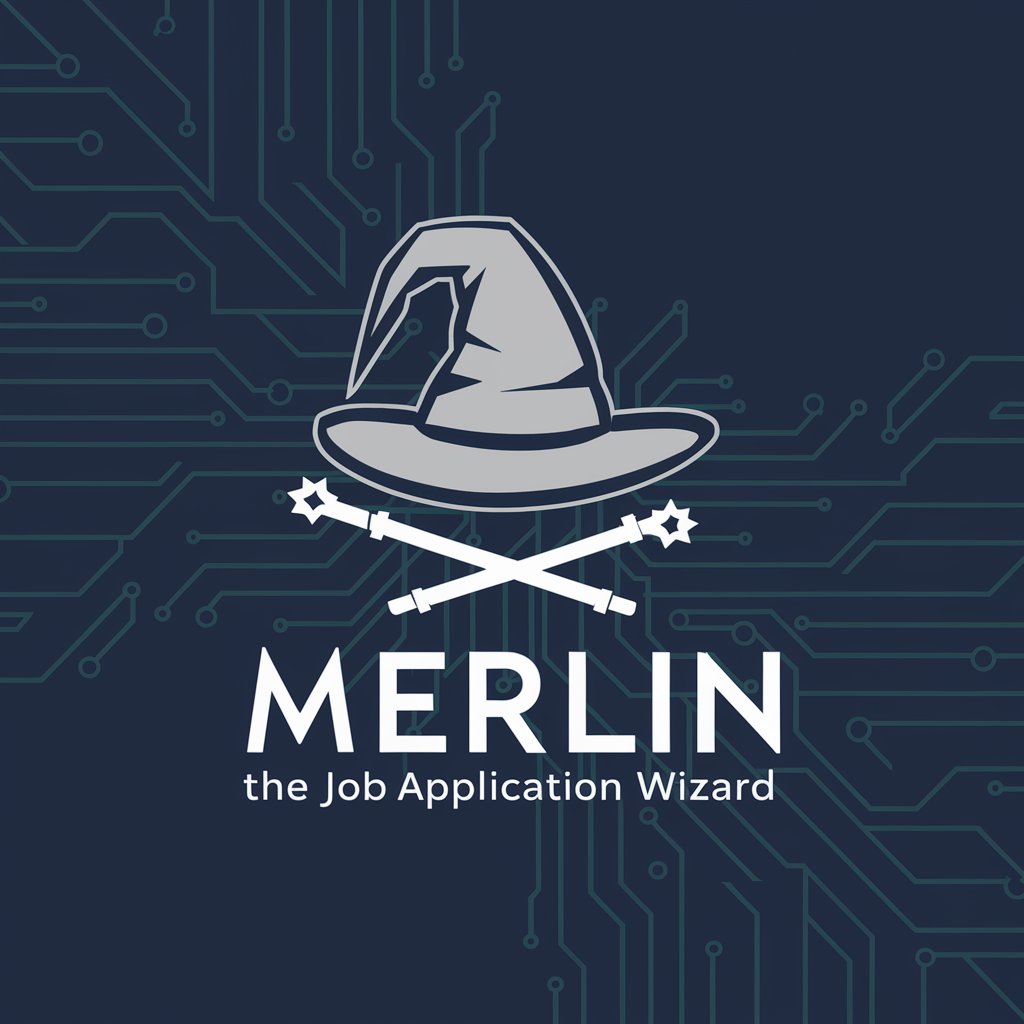
Analyze your error logs
Empower Your Error Resolution with AI
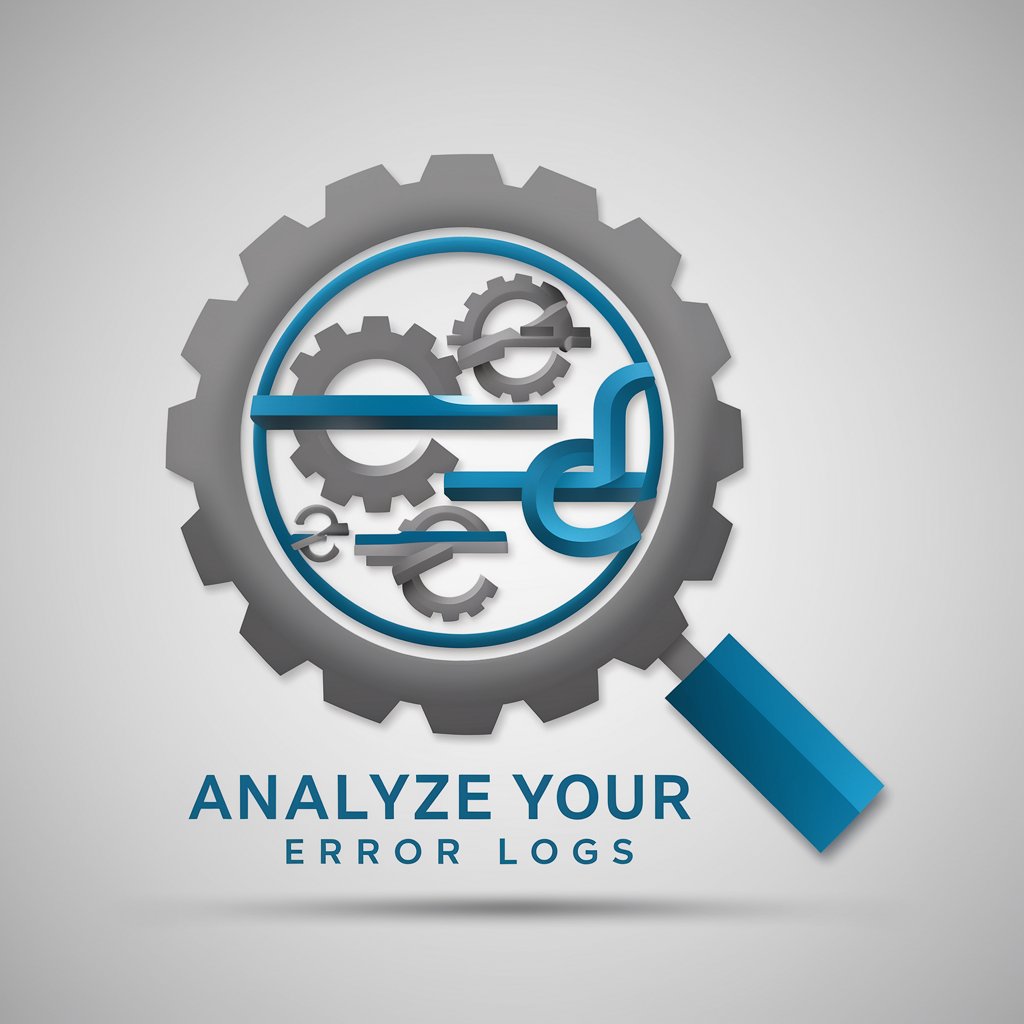
Common Questions about AI-Enhanced: Physician Assistant
What kind of medical inquiries can I make?
You can ask about symptoms, medication side effects, diagnosis assistance, medical procedures, and interpretations of medical tests.
Is this tool a replacement for doctors?
No, it's designed to provide supplementary information and should not replace professional medical advice, diagnosis, or treatment.
How accurate is the AI-Enhanced: Physician Assistant?
While striving for high accuracy, responses are based on available medical data and AI interpretation, which means it's crucial to consult healthcare professionals for personal medical issues.
Can I use this tool for emergency medical advice?
No, it's not suitable for urgent or emergency medical situations. In emergencies, contact local emergency services immediately.
How does AI-Enhanced: Physician Assistant stay updated with medical information?
The tool periodically updates its database with the latest medical research, guidelines, and evidence-based practices to provide current information.